Articles
Manufacturing

Warehouse Vs. Factory: Purposes and Types of Each
Warehouses and factories, each integral to supply chains and manufacturing, serve distinct yet complementary functions. To optimize logistics, warehouses focus on efficient storage and distribution centers, often situated near key transport routes.
Read More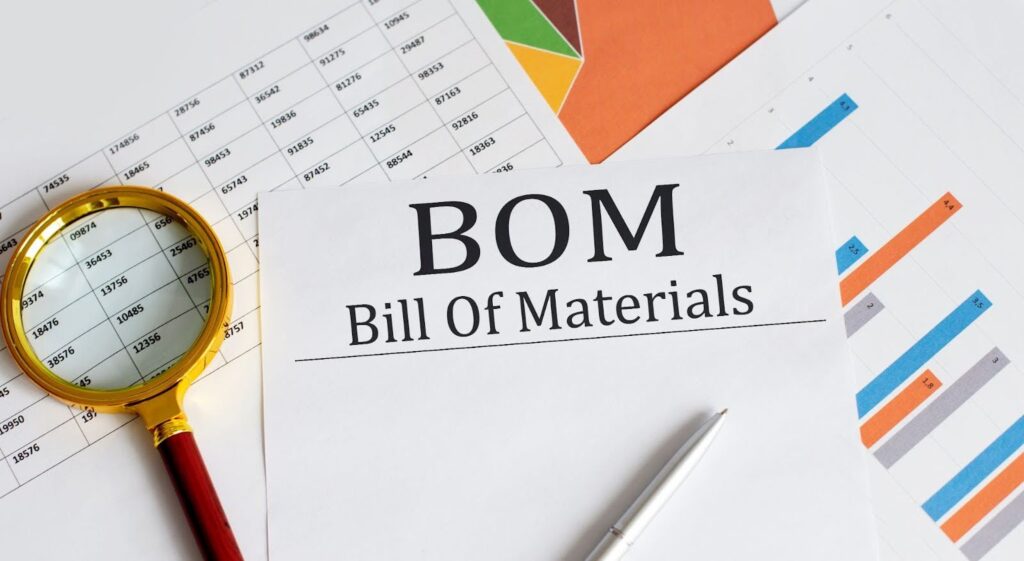
Bill of Materials (BOM): Definition, Impact, and Components
The Bill of Materials (BOM) is a cornerstone document critical to creating any tangible product in the intricate web of modern manufacturing and product development. It is a comprehensive list that catalogs all the components, raw materials, and assemblies needed to construct a finished product. Its accuracy and detail reflect directly on the production process’s […]
Read More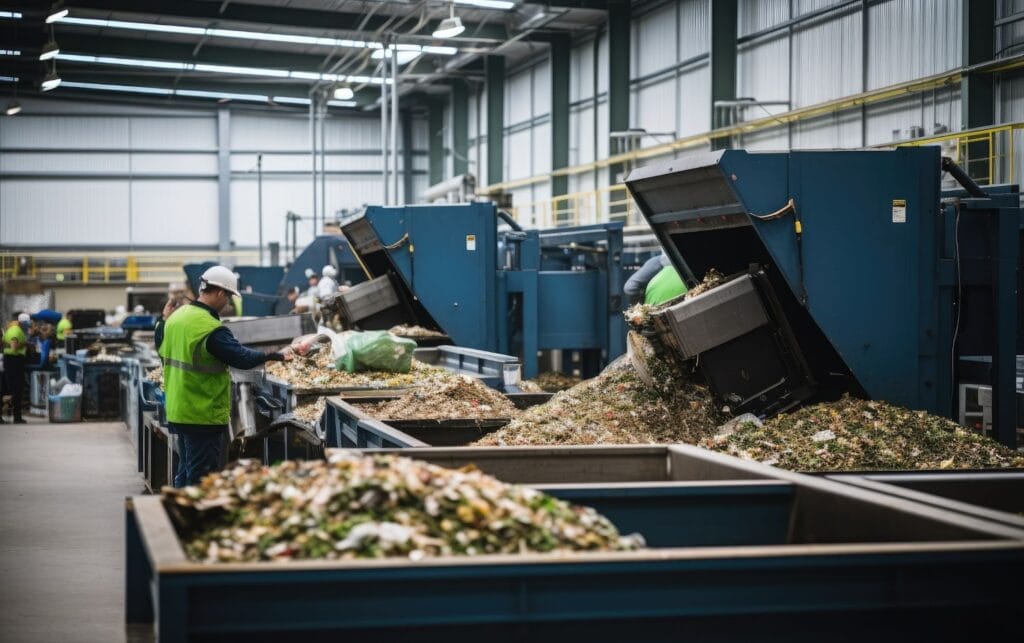
What Is Sustainable Materials Management? Types and Benefits
In a world rapidly adapting to green initiatives, the concept of sustainable materials management (SMM) is gaining prominence. It is a systemic approach to using and reusing materials more productively over their entire life cycles. SMM represents a key shift in how society thinks and deals with materials. By focusing on the importance of conserving […]
Read More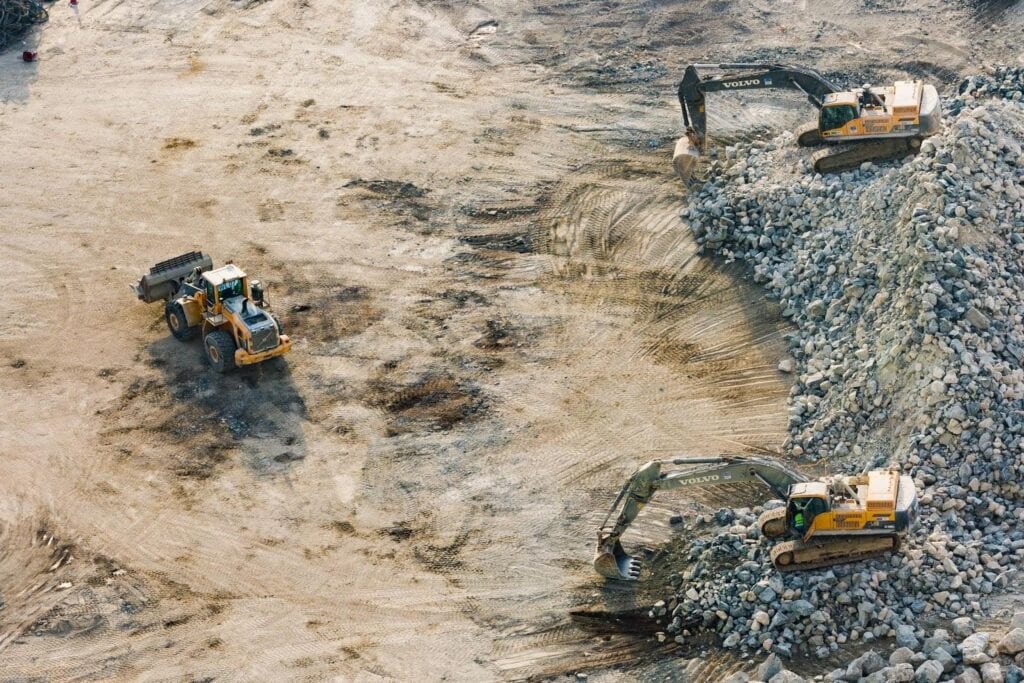
Construction Materials Management: Techniques, Software, and Benefits
Construction materials management is pivotal in completing construction projects, ensuring that materials are available, of the right quality, and reasonably priced. Every year, the construction industry faces significant challenges associated with material shortages, quality control issues, and logistical inefficiencies. Implementing an efficient material management process is not just a cost-saving measure, but a strategy to […]
Read More
Labor Pains Persist
As rising interest rates, poor economic conditions, and a talent shortage continue, optimism among manufacturing industry leaders remains low, according to a Sikich Industry Pulse: Manufacturing and Distribution report.
Read More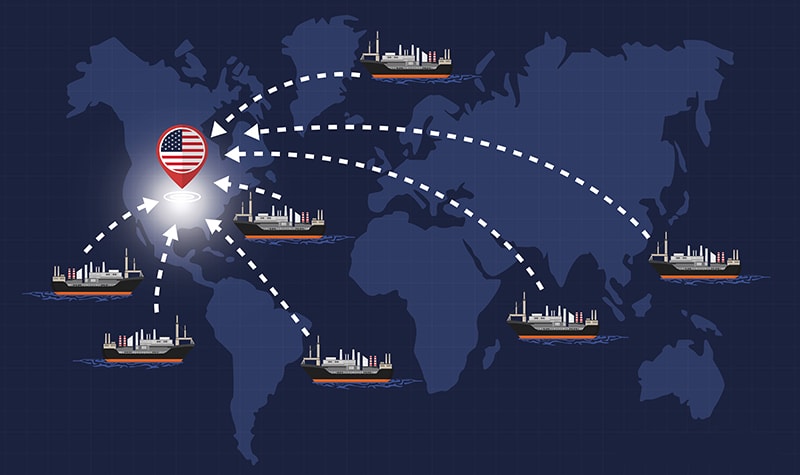
What to Consider Before You Shift
One trend driving the growth in manufacturing jobs has been reshoring–the practice of bringing manufacturing back to the United States. Reshoring activities were estimated to create more than 225,000 jobs in 2022, according to a Reshoring Initiative report.
Read More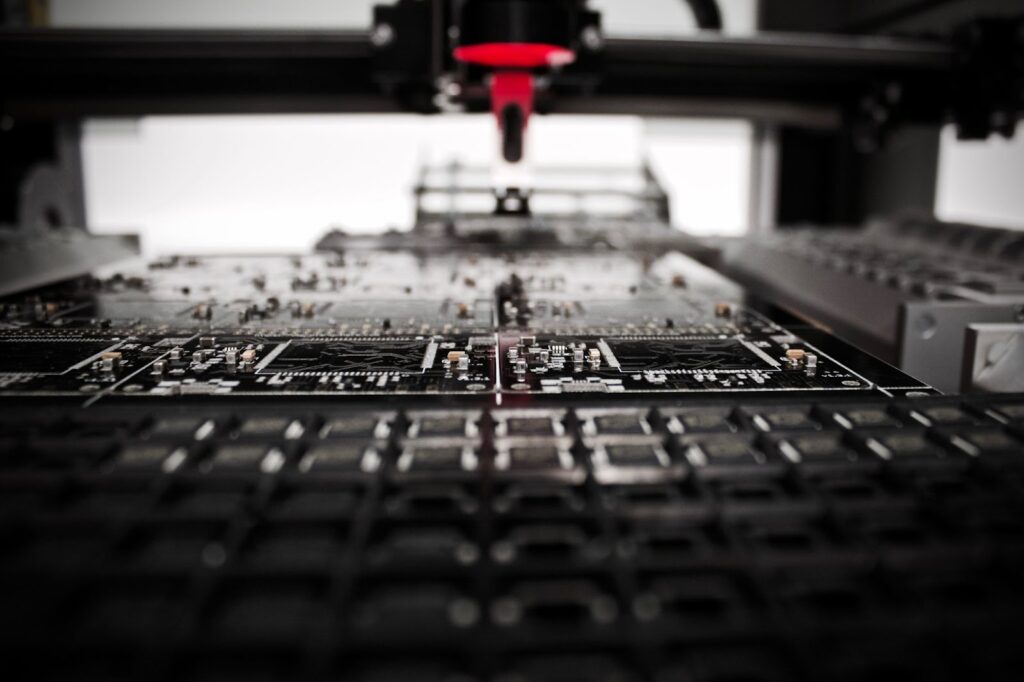
Process Manufacturing vs Discrete Manufacturing: Definitions and Differences
Manufacturing is the large-scale process of converting raw materials into finished products, utilizing factors of production, including human labor and machinery. Depending on the product requirements, you can use various manufacturing processes to get the desired output. Discrete manufacturing and process manufacturing are the most common production methods. In this article, we explore the two […]
Read More
Process Manufacturing: Definition, Benefits, and Industries
Manufacturing is the process of creating a finished product from raw materials or ingredients. This action is accomplished by using machinery, human labor, and other tools, with some manufacturing requiring chemical processes. There are various methods of manufacturing systems linked with producing final goods. Process is one of the main manufacturing methods. In this article, […]
Read More
Industrial Sector Cools, Manufacturing Heats Up
Following record high demand and rent prices notched during the pandemic, the industrial sector’s dynamics are shifting and demand is cooling, finds a new U.S. industrial market update from Savills. Some predictions about where things are headed from here: Vacancy rates are on the rise. While the market is still historically tight, vacancy rates are […]
Read More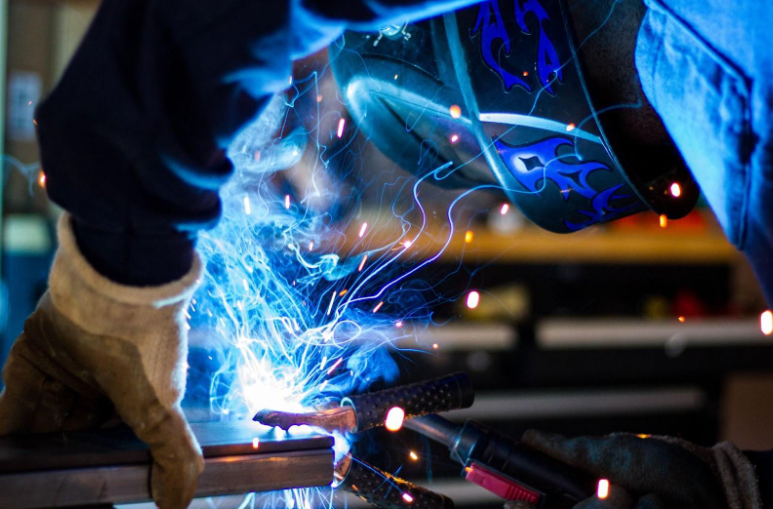
Repetitive Manufacturing: Definition, Types, and Benefits
Technological advances have led to a higher quality of life for many individuals and efficiency gains for most businesses. However, there have been new challenges posed by technological advances, including pollution and waste. In response, some companies are adopting a new technique called repetitive manufacturing. This manufacturing process is designed to help minimize waste while […]
Read More